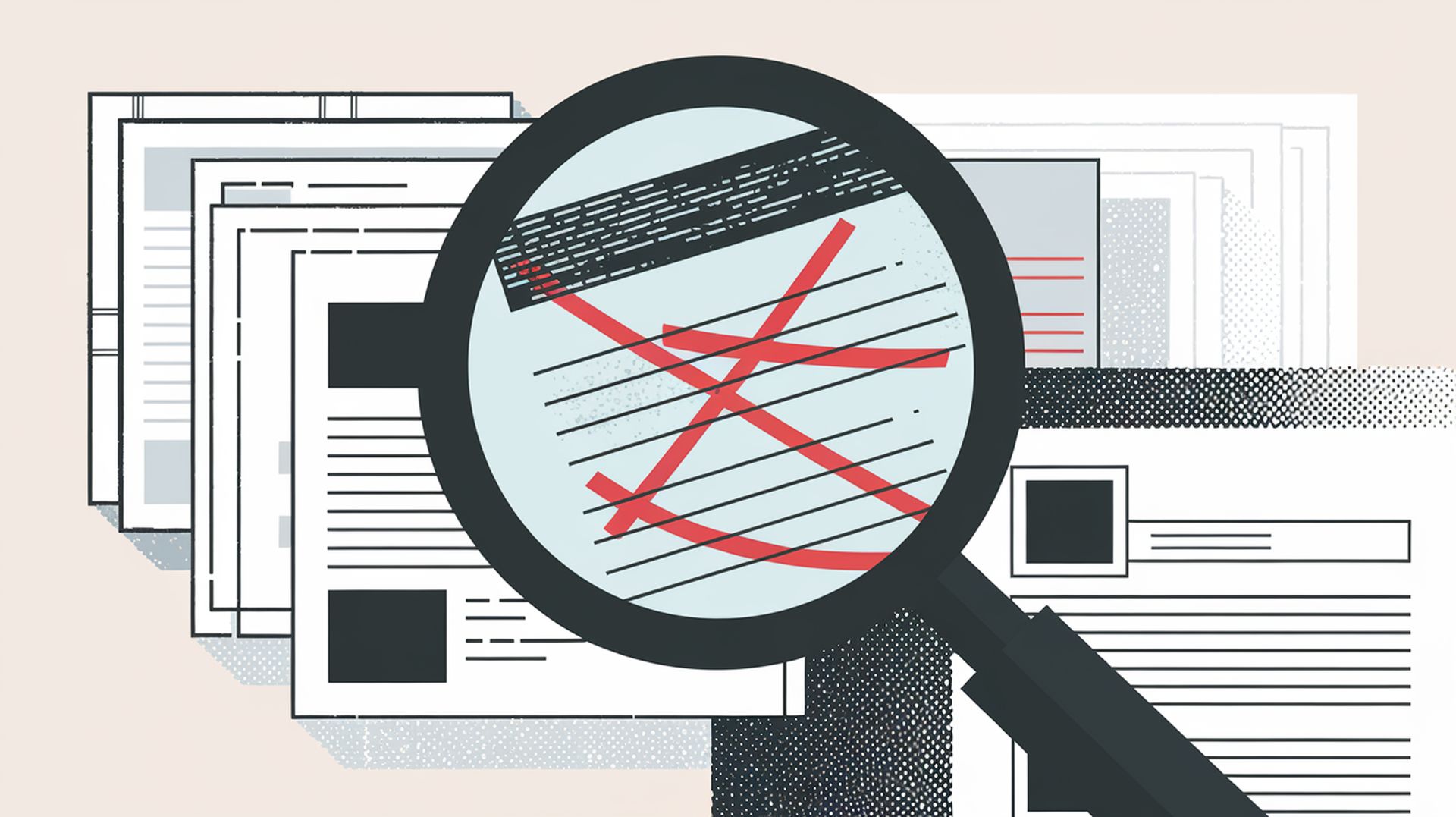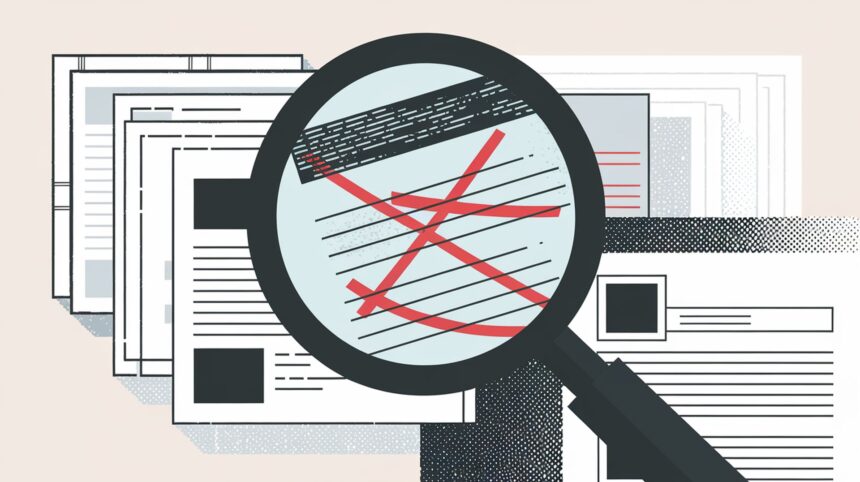
As AI systems grow more powerful, traditional oversight methods—such as Supervised Fine-Tuning (SFT) and Reinforcement Learning from Human Feedback (RLHF)—are becoming unsustainable. These techniques depend on human evaluation, but as AI begins to outperform humans in complex tasks, direct oversight becomes impossible.
A study titled “Scalable Oversight for Superhuman AI via Recursive Self-Critiquing”, authored by Xueru Wen, Jie Lou, Xinyu Lu, Junjie Yang, Yanjiang Liu, Yaojie Lu, Debing Zhang, and XingYu, explores a novel approach: letting AI evaluate itself through recursive self-critiquing. This method proposes that instead of relying on direct human assessment, AI systems can critique their own outputs, refining decisions through multiple layers of feedback.
The problem: AI is becoming too complex for human oversight
AI alignment—the process of ensuring AI systems behave in ways that align with human values—relies on supervision signals. Traditionally, these signals come from human evaluations, but this method fails when AI operates beyond human understanding.
For example:
- Math and Science: AI can solve complex proofs faster than humans, making direct evaluation infeasible.
- Long-form Content Review: Humans struggle to efficiently assess massive amounts of AI-generated text.
- Strategic Decision-Making: AI-generated business or policy strategies may involve factors too complex for humans to judge effectively.
This presents a serious oversight problem. If humans cannot reliably evaluate AI-generated content, how can we ensure AI remains safe and aligned with human goals?
The hypothesis: AI can critique its own critiques
The study explores two key hypotheses:
- Critique of critique is easier than critique itself – This extends the well-known principle that verification is easier than generation. Just as checking an answer is often simpler than solving a problem, evaluating a critique is often easier than producing one from scratch.
- This difficulty relationship holds recursively – If assessing a critique is easier than generating one, then evaluating a critique of a critique should be even easier, and so on. This suggests that when human evaluation is impossible, AI could still be supervised through higher-order critiques.
This mirrors organizational decision-making structures, where managers review their subordinates’ evaluations rather than directly assessing complex details themselves.
Testing the theory: Human, AI, and recursive oversight experiments
To validate these hypotheses, the researchers conducted a series of experiments involving different levels of oversight. First, they tested Human-Human oversight, where humans were asked to evaluate AI-generated responses and then critique previous critiques. This experiment aimed to determine whether evaluating a critique was easier than assessing an original response. Next, they introduced Human-AI oversight, where humans were responsible for supervising AI-generated critiques rather than directly assessing AI outputs. This approach tested whether recursive self-critiquing could still allow humans to oversee AI decisions effectively. Lastly, the study examined AI-AI oversight, where AI systems evaluated their own outputs through multiple layers of self-critique to assess whether AI could autonomously refine its decisions without human intervention.
How physics-inspired AI is making our roads safer
Key findings
The human-human experiments confirmed that reviewing a critique was easier than evaluating a response directly. Higher-order critiques led to increased accuracy while requiring less effort, showing that recursive oversight could simplify complex evaluation tasks. The Human-AI experiments demonstrated that even in cases where AI outperformed humans in content generation, people could still provide meaningful oversight by evaluating AI-generated critiques rather than raw outputs. Finally, the AI-AI experiments showed that while AI models could critique their own outputs, their ability to perform recursive self-critiquing was still limited. Current AI systems struggle to consistently improve through multiple layers of self-critique, highlighting the need for further advancements in AI alignment.
How recursive self-critiquing works
The researchers formalized a hierarchical critique structure that allowed AI systems to evaluate their own outputs through multiple levels. At the Response Level, the AI generates an initial answer. Then, in the First-Order Critique (C1) stage, AI reviews its own response, identifying errors or weaknesses. The Second-Order Critique (C2) takes this further by evaluating multiple first-order critiques to determine which critiques provide the most valid insights. At the Higher-Order Critique (C3+) level, AI continues refining critiques recursively, improving accuracy with each layer of self-evaluation.
The study also introduced two baseline comparison methods to assess the effectiveness of recursive critiques. Majority Voting aggregated multiple critiques to see if consensus improved accuracy, while Naive Voting simply counted previous judgments without adding any new analysis. The findings showed that recursive critiques consistently outperformed simple vote aggregation, proving that this method generates meaningful insights rather than just averaging opinions.
Can recursive self-critiquing solve AI oversight?
The research suggests recursive oversight could be a breakthrough for scalable AI monitoring, but challenges remain:
Strengths:
- Allows humans to oversee AI without needing to evaluate complex raw outputs.
- Makes AI alignment more scalable by reducing dependence on direct human intervention.
- Provides structured oversight mechanisms, similar to hierarchical decision-making in organizations.
Limitations:
- Current AI models struggle with self-critiquing beyond a few levels.
- Recursive oversight doesn’t eliminate the risk of reward hacking—where AI optimizes for proxy goals rather than true human intent.
- Further research is needed to ensure that self-critiquing models don’t reinforce their own biases rather than improving.
If improved, recursive self-critiquing could reshape AI oversight, making it possible to monitor superhuman AI systems without direct human evaluation.
Potential applications include:
- AI-driven research validation – Ensuring AI-generated scientific proofs are accurate.
- Automated policy analysis – Using AI to evaluate business or governmental strategies.
- Advanced medical AI – Checking AI-diagnosed medical conditions through multi-layered critiques.
The study’s findings suggest that while current AI models still struggle with higher-order critiques, recursive self-critiquing offers a promising direction for maintaining AI alignment as systems continue to surpass human intelligence.
Featured image credit: Kerem Gülen/Ideogram






